I’m a strong supporter of legalizing marijuana in Minnesota, and nationally. As I’ve written before, legalized marijuana “will make Minnesota a more sensible, just, fiscally sound, humane and free state.” The evidence is overwhelming.
But let’s not be naive or dishonest here. As with any vice, there are also huge problems associated with legalization that need to be alleviated. To me, the most troubling downside of legalization is harms to minors, transportation users, and seriously ill patients.
Disadvantages of Ending Marijuana Prohibition
Damaging Minors’ Brains. First, credible researchers are finding that marijuana use by minors appears to be much more damaging than it is for adults. For an example, an article in an American Psychological Association publication reports numerous alarming research findings:
Heavy marijuana use in adolescence or early adulthood has been associated with a dismal set of life outcomes including poor school performance, higher dropout rates, increased welfare dependence, greater unemployment and lower life satisfaction.
Duke University psychologist Terrie Moffitt, PhD, and colleagues… found that persistent marijuana use was linked to a decline in IQ, even after the researchers controlled for educational differences. The most persistent users…experienced a drop in neuropsychological functioning equivalent to about six IQ points (PNAS, 2012). “That’s in the same realm as what you’d see with lead exposure,” says Weiss. “It’s not a trifle.”
There are some reasons to think that adolescents may be uniquely susceptible to lasting damage from marijuana use. At least until the early or mid-20s, “the brain is still under construction,” says Staci Gruber, PhD, a neuroscientist and director of the Cognitive and Clinical Neuroimaging Core and the Marijuana Investigations for Neuroscientific Discovery (MIND) Program at McLean Hospital/Harvard Medical School…
Also immature in teens is the endocannabinoid system. As its name implies, this system comprises the physiological mechanisms that respond to THC. That system is important for cognition, neurodevelopment, stress response and emotional control, and it helps to modulate other major neurotransmitter systems, says Krista Lisdahl, PhD, director of the Brain Imaging and Neuropsychology Laboratory at the University of Wisconsin, Milwaukee.
Repeated exposure to marijuana can dial down cellular activity in the endocannabinoid system. Such interference might be a bigger problem for immature brains, says Lisdahl. “That sets the stage for why adolescents may be more sensitive to the effects of repeated marijuana exposure, from a neuroscience perspective.”
So, should we oppose legalization of marijuana? Not unless we also want to bring back alcohol prohibition, because alcohol also is extremely damaging to the brain and many other parts of the body, and alcohol leads to countless more deaths than marijuana.
Still, in the rush to legalize marijuana, these kinds of findings shouldn’t be shrugged off by legalization enthusiasts. We need to shine a light on these findings to encourage young people to delay marijuana usage until later in life, and to encourage everyone to not overdo it.
More Traffic Fatalities. Second, legalization of marijuana also will increase the number of impaired drivers, which will likely lead to more traffic injuries and fatalities. USA Today reports the expert findings from states where the drug is now legal:
According to research from the Insurance Institute for Highway Safety and the Highway Loss Data Institute, the frequency of collision claims filed to insurers were higher in four states where marijuana is legal: Colorado, Nevada, Oregon and Washington.
The Highway Loss Data Institute study focused on collision claims between 2012 and October 2017, and compared against four control states where marijuana remains illegal: Idaho, Montana, Utah and Wyoming.
A separate study conducted by the Insurance Institute for Highway Safety focused on police-reported crashes before and after retail marijuana was allowed found Colorado, Oregon and Washington saw a 5.2 percent increase in the rate of crashes per million vehicle registrations, compared with neighboring states.
Law enforcement officials and others are using these kinds of findings as a reason to oppose legalization. That’s absurd. No one, including law enforcement officials, wants to bring back alcohol prohibition because of the staggering number of serious drunk driving problems, so we shouldn’t keep marijuana illegal because stoned driving problems are in the mix.
At the same time, we also shouldn’t deny the existence of the problem, and be passive about harm reduction.
Destroy Medical Cannabis Program For Patients. Finally, ending marijuana prohibition could inadvertently harm or destroy Minnesota’s fledgling medical cannabis program, and consequently harm the seriously ill Minnesota patients benefiting from it.
According to Minnesota Department of Health (MDH) patient surveys, many Minnesota patients are benefiting from precisely dosed, tested, and customized cannabis-based capsules, oils, tinctures, and topicals. Across a wide variety of qualifying conditions, two-thirds of patients report significant benefits, while only 10% report little to no benefit.
When it comes to chronic pain patients, the MDH surveys show that 63% of patients who had been on highly lethal, addictive opioid medications were able to reduce or eliminate their use of opioids after moving to much less addictive, lethal cannabis-based pain relief medicine.
Many seriously ill patients desperately want to hold onto those successful medicines, but worry that the post-legalization availability of cheaper, unprocessed raw marijuana plant material will put the manufacturers of their precisely dosed and formulated medicines medicine out of business.
Many Minnesotans probably won’t care too much that those manufacturers would go out of business. But the problem is, if they do go out of business, patients would suffer. That is, patients who are currently benefiting from those precisely formulated and dosed medicines would be forced to use raw plant material that they and their caregivers consider to be less safe, pure and customized form of medicine.
Mitigating the Harm
We can’t wish these problems away. Therefore, the law ending marijuana prohibition should set aside a reasonable amount — for the sake of argument, let’s say five percent to ten percent of the revenue raised from legalizing marijuana — for a Marijuana Harm Reduction Fund. The lion’s share of the revenue raised by legalizing marijuana still could be allocated however lawmakers and their constituents see fit. But a mitigation fund could be used for harm reduction projects like:
- Medicine Affordability Assistance. Some type of patient-friendly sliding scale subsidy to make precisely dosed, tested and formulated cannabis-based medicines available and affordable to all Minnesota patients who, according to medical caregivers, need them.
- Youth Brain Impact Public Education Campaign. A multi-media public education campaign aimed at teens, young adults and parents to raise awareness about the heightened dangers of marijuana use at an early age.
- Stoned Driving Public Education Campaign. A multi-media public education campaign aimed at raising awareness about the very real dangers of driving while under the influence of marijuana.
A couple of important caveats about this fund:
- Evidence-based campaigns. The content of the public education campaign should be overseen by inter-disciplinary experts to ensure campaigns don’t become Reefer Madness-like misinformation campaigns, and are instead based on the consensus of the best available scientific evidence.
- Subsidy oversight. The subsidies of patients using cannabis-based medicines should be monitored to ensure physicians are verifying that patients are benefiting from the medications and the amount of patient subsidies are kept at a reasonable level.
Again, cannabis is much less addictive and deadly than already legalized alcohol. Again, marijuana prohibition has been horrific for communities. of color. Again, marijuana prohibition is very bad, and legalization is much better. Don’t get me wrong.
But that can’t be the end of the debate. Citizens like me who are advocating to end marijuana prohibition must own these problems, and do what we can to reduce the associated harm.
Disclosure: The author is a public relations consultant who helps one of Minnesota’s two manufacturers of cannabis-based medicine share patient success stories with the news media. He doesn’t lobby for that company, and the public policy opinions expressed here are his own, not the company’s.
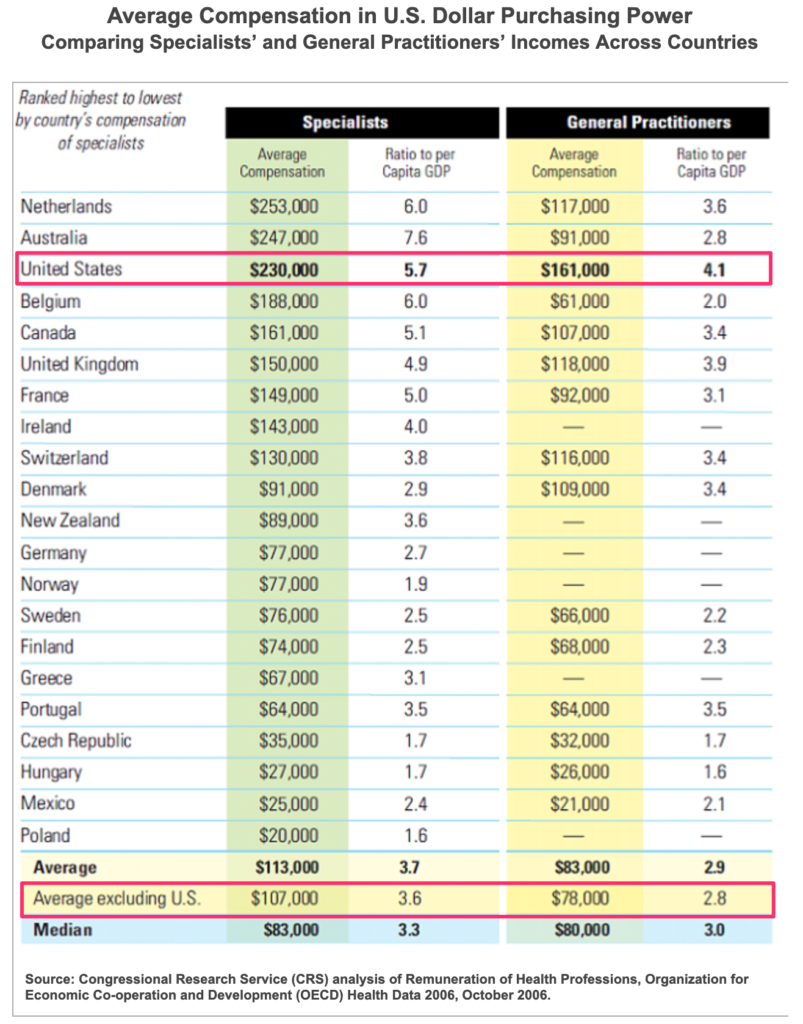
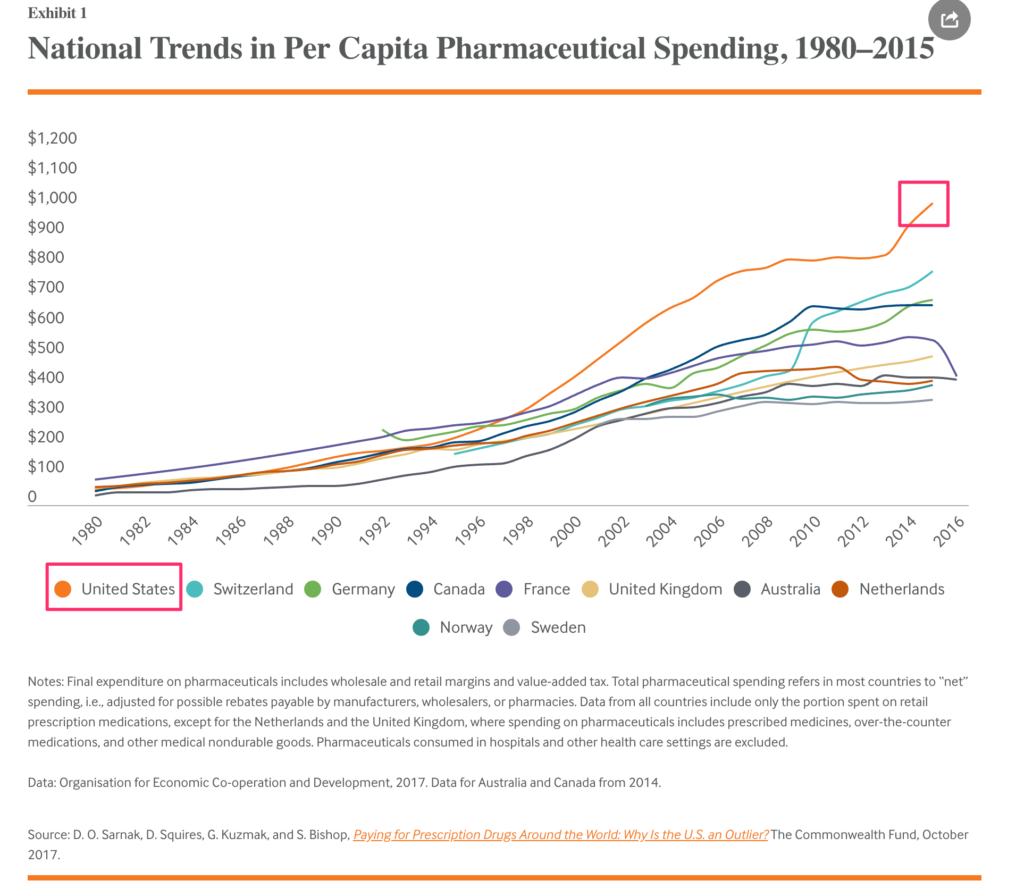

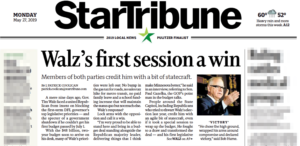 Today in its lead front page story, the Star Tribune trumpeted Governor Tim Walz as the triumphant victor in the recently concluded legislative session. But the truth is, the real victor looks more like conservative devotees of a “no new taxes” pledge.
Today in its lead front page story, the Star Tribune trumpeted Governor Tim Walz as the triumphant victor in the recently concluded legislative session. But the truth is, the real victor looks more like conservative devotees of a “no new taxes” pledge. President Donald Trump is coming to Minnesota today. That means we’ll be treated to lots of bullying of Representative Ilhan Omar, crowing about the “exoneration” that the Special Counsel specifically has said was not an exoneration, and vilifying of families fleeing desperate conditions for a better life in America.
President Donald Trump is coming to Minnesota today. That means we’ll be treated to lots of bullying of Representative Ilhan Omar, crowing about the “exoneration” that the Special Counsel specifically has said was not an exoneration, and vilifying of families fleeing desperate conditions for a better life in America. Saint Paul, Minn. — Republican lawmakers in the Minnesota Senate today passed historic new legislation to make the drinking, possession or sale of alcoholic beverages a crime.
Saint Paul, Minn. — Republican lawmakers in the Minnesota Senate today passed historic new legislation to make the drinking, possession or sale of alcoholic beverages a crime.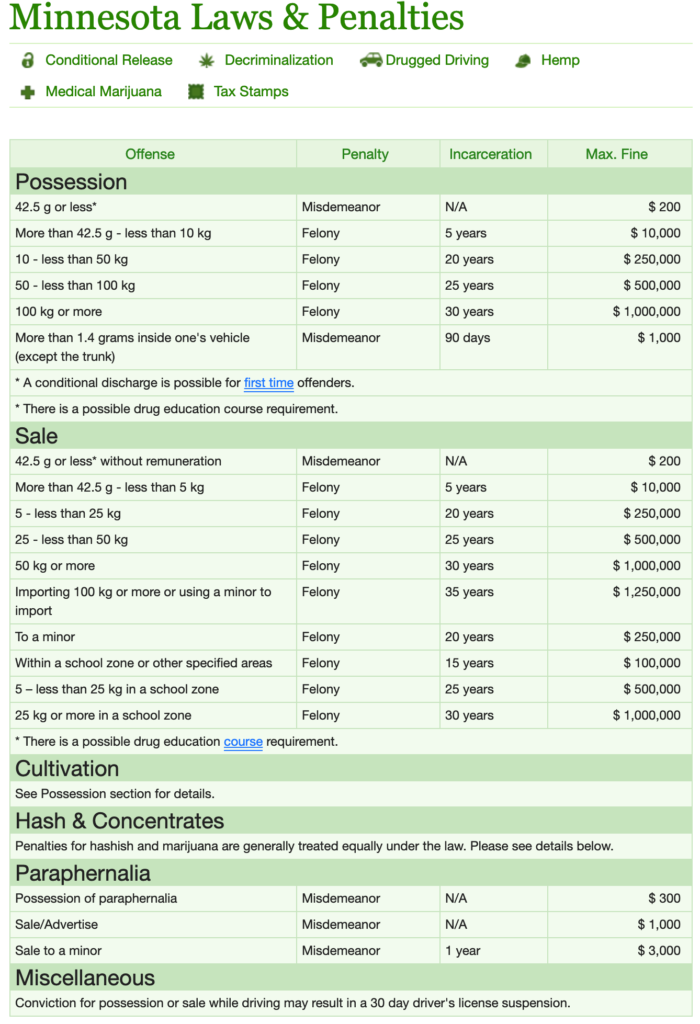 Under the new alcohol prohibition law, criminal penalties will be identical to what is currently in place for marijuana offenders.
Under the new alcohol prohibition law, criminal penalties will be identical to what is currently in place for marijuana offenders. Democratic presidential candidates are lining up in support of Medicare-for-All, and I’m glad they’re making that case to Americans. Around the
Democratic presidential candidates are lining up in support of Medicare-for-All, and I’m glad they’re making that case to Americans. Around the 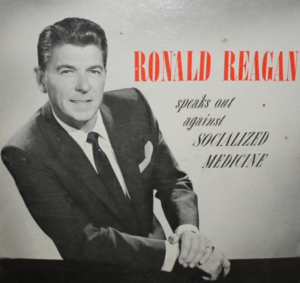 Before we get to that, let’s back up to reflect on how we
Before we get to that, let’s back up to reflect on how we 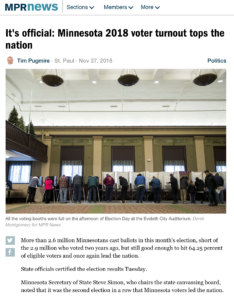 It’s official. During the recent 2018 elections, about 64% of Minnesotans voted, including 73% in the third congressional district. That’s the best rate of voter participation in the nation, a familiar spot for Minnesota. Local massage therapists are reporting record-breaking business as smug Minnesotans seek relief following vigorous self back-patting.
It’s official. During the recent 2018 elections, about 64% of Minnesotans voted, including 73% in the third congressional district. That’s the best rate of voter participation in the nation, a familiar spot for Minnesota. Local massage therapists are reporting record-breaking business as smug Minnesotans seek relief following vigorous self back-patting.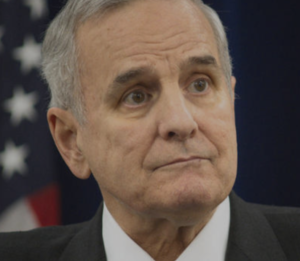 As we count down Mark Dayton’s final days as Governor of Minnesota, it’s worth reflecting on one of the more peculiar figures in recent Minnesota political history.
As we count down Mark Dayton’s final days as Governor of Minnesota, it’s worth reflecting on one of the more peculiar figures in recent Minnesota political history.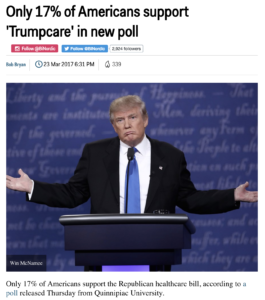 Minnesota gubernatorial candidate Jeff Johnson (R-Plymouth) is crying foul over an Alliance for Better Minnesota television
Minnesota gubernatorial candidate Jeff Johnson (R-Plymouth) is crying foul over an Alliance for Better Minnesota television 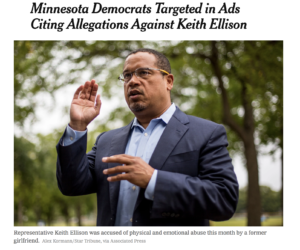 When it comes to the abuse accusations against DFL Attorney General nominee Keith Ellison, DFL leaders are in a tough spot.
When it comes to the abuse accusations against DFL Attorney General nominee Keith Ellison, DFL leaders are in a tough spot. But the problem is, the accuser doesn’t want to make the video public, for some pretty good reasons. She feels that having the video on the news for the whole world to see would be humiliating and traumatic. That’s an understandable and reasonable position for a victim to take.
But the problem is, the accuser doesn’t want to make the video public, for some pretty good reasons. She feels that having the video on the news for the whole world to see would be humiliating and traumatic. That’s an understandable and reasonable position for a victim to take. The coverage in
The coverage in 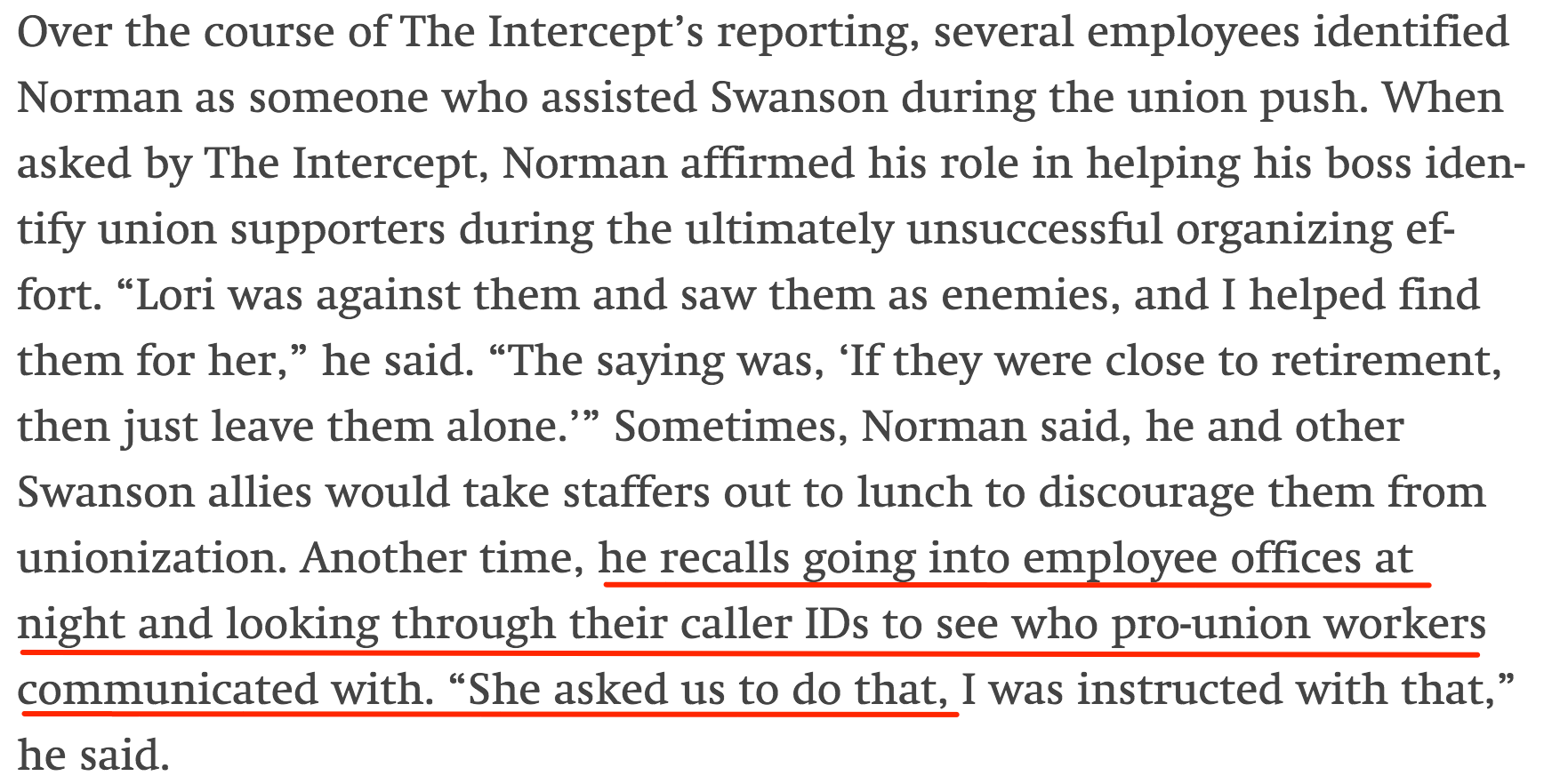

 Wait, what? A guy who work worked at Lori Swanson’s side for years says he was wiretapping employees at Swanson’s behest, presumably so Swanson could retaliate against them? I’ll leave it to others to determine whether this kind of alleged spying on employees is illegal, but it certainly is, if true, supremely creepy and unethical.
Wait, what? A guy who work worked at Lori Swanson’s side for years says he was wiretapping employees at Swanson’s behest, presumably so Swanson could retaliate against them? I’ll leave it to others to determine whether this kind of alleged spying on employees is illegal, but it certainly is, if true, supremely creepy and unethical. On social media and on the campaign trail, I see a lot of self-indulgent, self-righteous scream therapy from the left. There is a lot of snide mocking and scolding of Trump voters. Trump voters are called “stupid,” “naive,” “racist,” and worse. As Trump becomes more untruthful, unhinged and un-American by the day, frustrated progressives lash out with greater ferocity at the 46 percent of Americans who voted for Trump in 2016.
On social media and on the campaign trail, I see a lot of self-indulgent, self-righteous scream therapy from the left. There is a lot of snide mocking and scolding of Trump voters. Trump voters are called “stupid,” “naive,” “racist,” and worse. As Trump becomes more untruthful, unhinged and un-American by the day, frustrated progressives lash out with greater ferocity at the 46 percent of Americans who voted for Trump in 2016.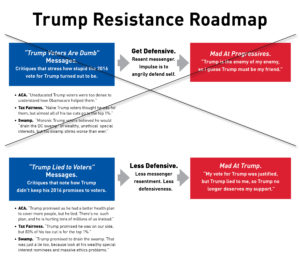 I’m not naive about this. I understand that this messaging nuance won’t persuade every Trump voter. Nothing will persuade Trump voters who are deeply racist, closed minded, or hopelessly brainwashed by the propaganda spewed on Fox News and conservative talk radio.
I’m not naive about this. I understand that this messaging nuance won’t persuade every Trump voter. Nothing will persuade Trump voters who are deeply racist, closed minded, or hopelessly brainwashed by the propaganda spewed on Fox News and conservative talk radio.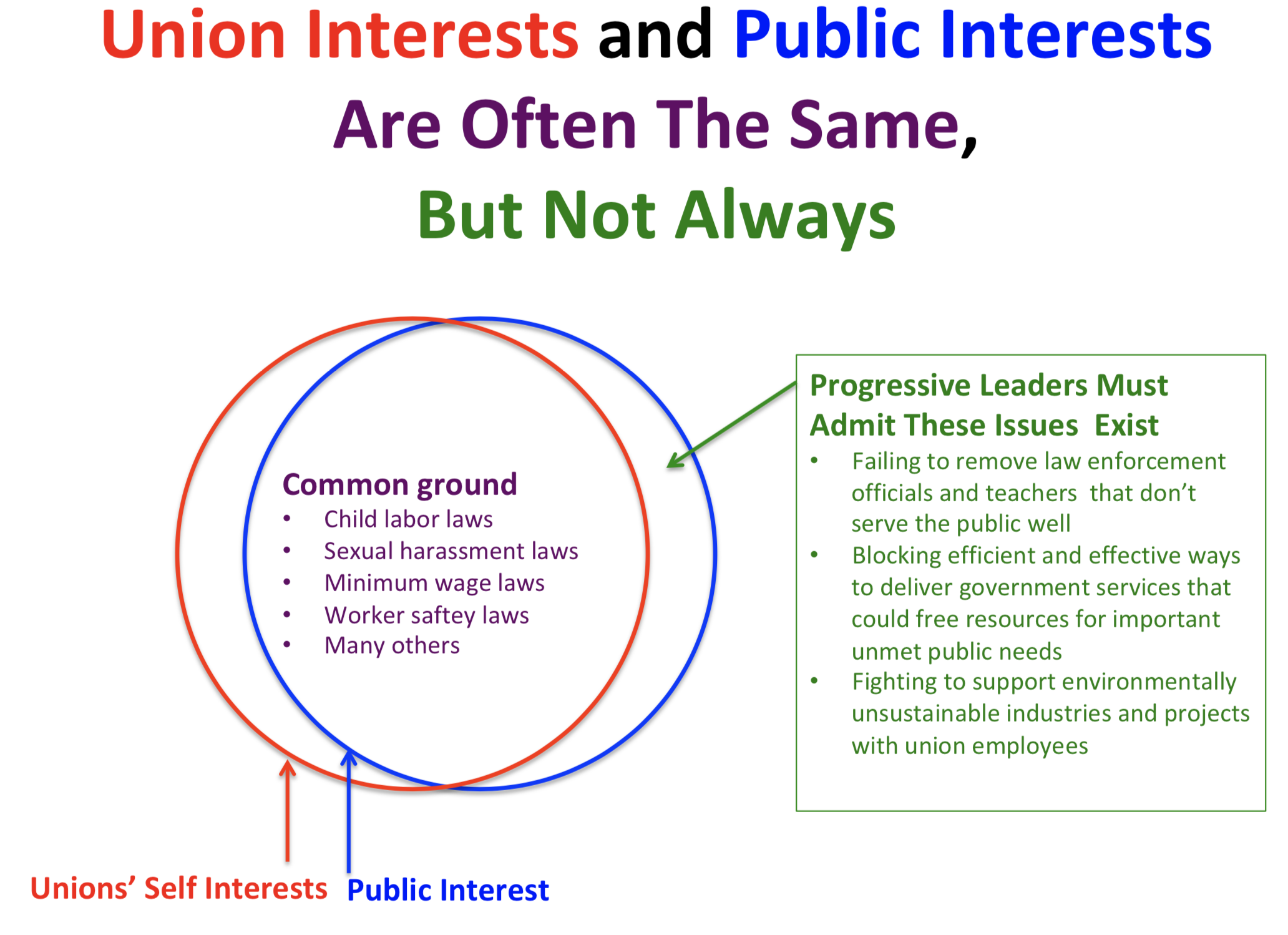
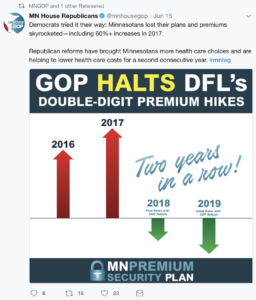 Exuberant Minnesota Republicans seem to think they have a winning health care issue for the 2018 election season–reinsurance. And they do deserve a great deal of credit for helping to enact a state reinsurance program that is reducing premiums for Minnesotans in the individual market. The individual market is for the 162,000 Minnesotans who can’t get insurance from their employer or the government.
Exuberant Minnesota Republicans seem to think they have a winning health care issue for the 2018 election season–reinsurance. And they do deserve a great deal of credit for helping to enact a state reinsurance program that is reducing premiums for Minnesotans in the individual market. The individual market is for the 162,000 Minnesotans who can’t get insurance from their employer or the government.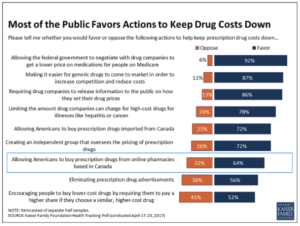 Nearly two-thirds of Americans like this idea. By an overwhelming two-to-one margin, a Kaiser Family Foundation
Nearly two-thirds of Americans like this idea. By an overwhelming two-to-one margin, a Kaiser Family Foundation 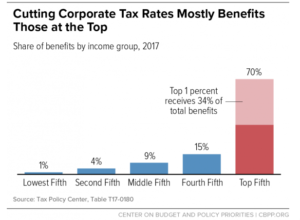 Yesterday, Minnesota House Republicans–following the lead of President Trump and congressional supporters like Representatives Lewis, Emmer and Paulsen–
Yesterday, Minnesota House Republicans–following the lead of President Trump and congressional supporters like Representatives Lewis, Emmer and Paulsen–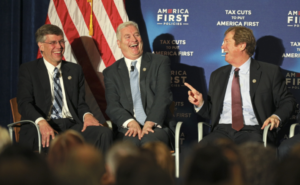 This week, statewide coverage
This week, statewide coverage 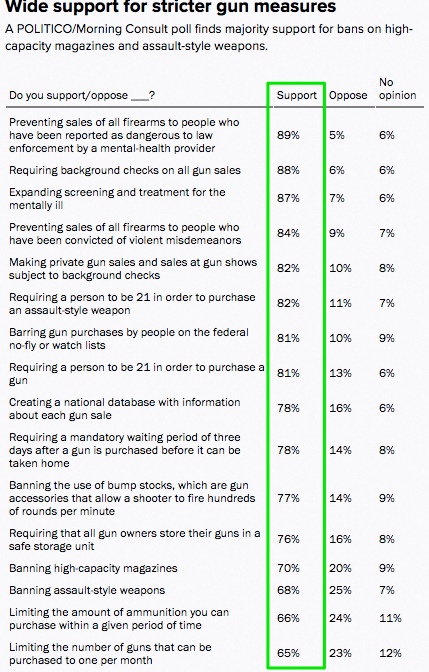 PUTTING NRA CONTRIBUTIONS OVER COMMON SENSE GUN PROTECTIONS. They have blocked
PUTTING NRA CONTRIBUTIONS OVER COMMON SENSE GUN PROTECTIONS. They have blocked  Who is that gallant knight
Who is that gallant knight  Unfortunately, Donald Trump is not on the ballot in 2018. If he was, polls indicate he would get
Unfortunately, Donald Trump is not on the ballot in 2018. If he was, polls indicate he would get